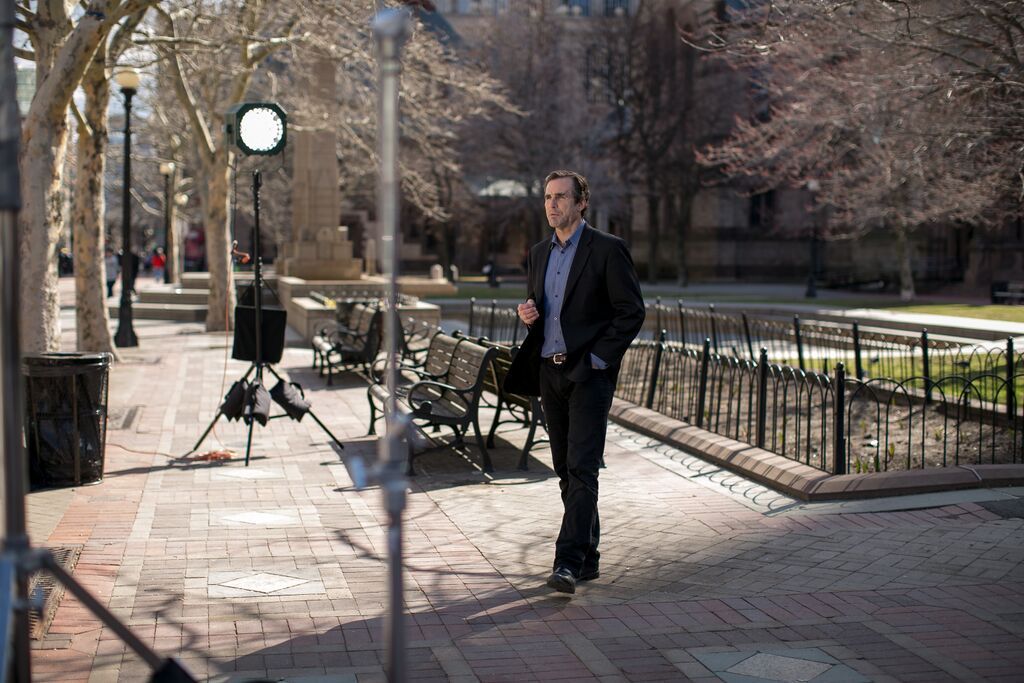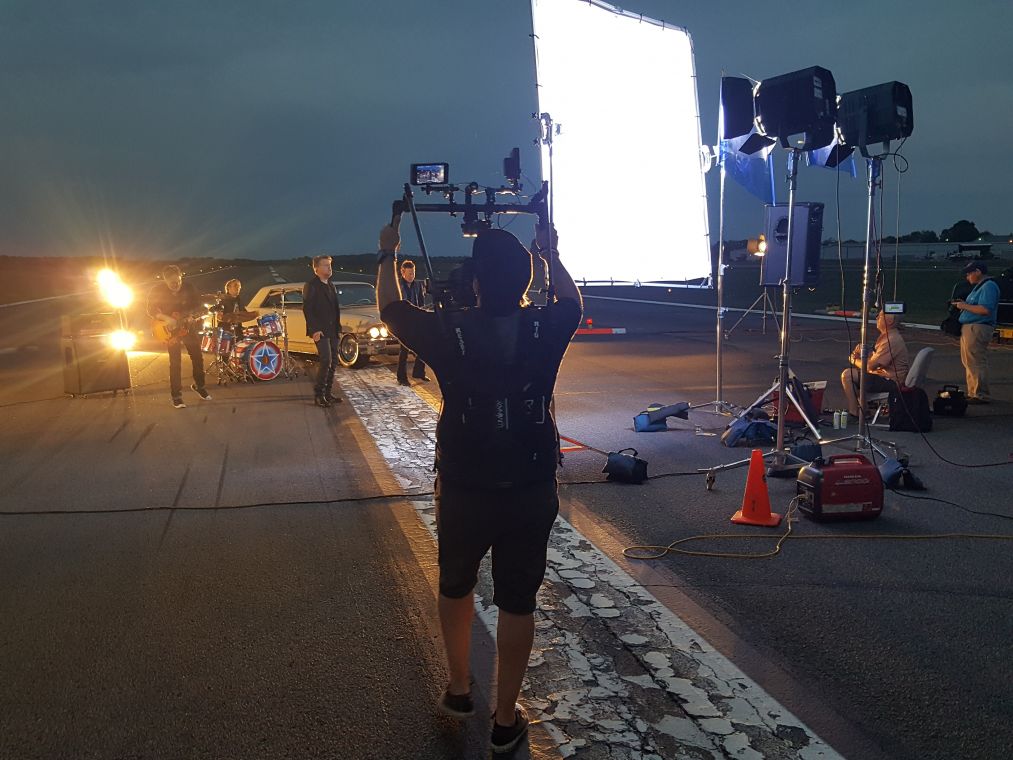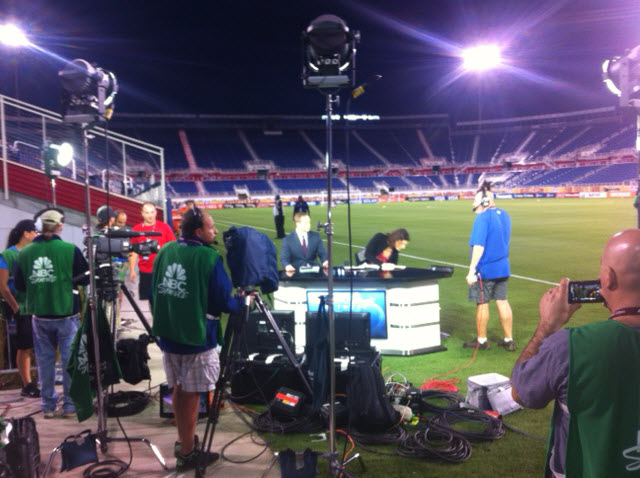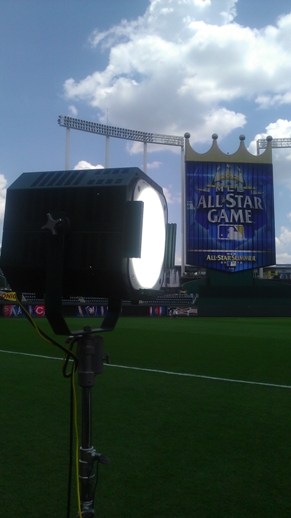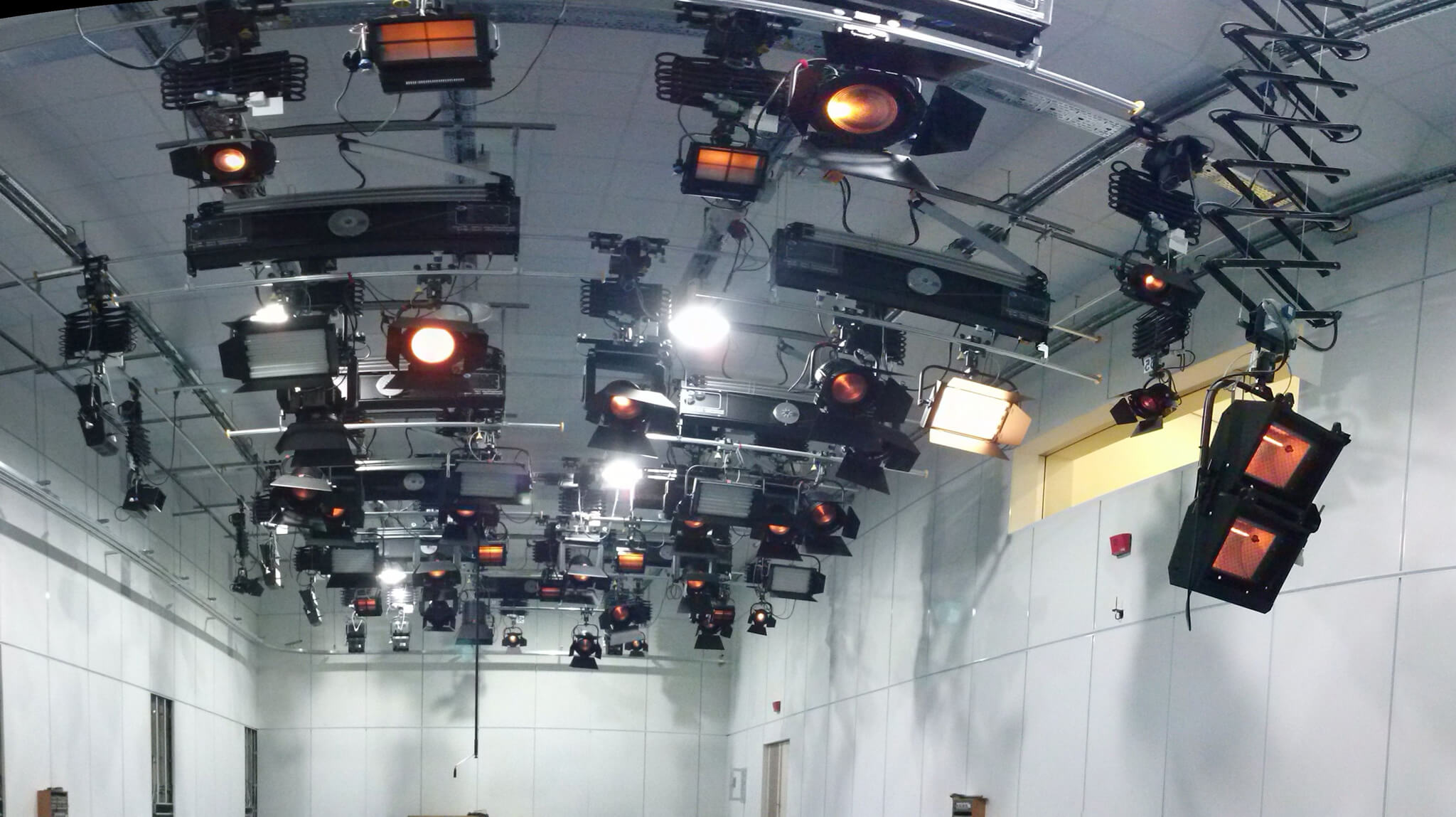It can be far more economical to rent lighting equipment than to purchase it, especially for companies just starting out in the industry. It’s especially beneficial when a job calls for specialty lighting equipment that can be particularly expensive. An added bonus is that lighting rental companies often have a crew that will perform the heavy lifting and work of setting up and dismantling the equipment.
Renting lighting equipment is especially advantageous if a highly specific specialty lighting array is required and it’s something unique or unusual to the lighting expert’s typical work. It’s convenient to own a wide range of equipment and have it on hand, but if it’s something that may only be used once a year or even less, renting can be much more cost effective.
Automated systems are real time savers. They’re also efficient and cost effective. It can be expensive to hire a crew to man the lighting. Automated equipment can require more up-front monetary outlay even when renting, but they save on labor costs.
Less is sometimes more and those responsible for lighting venues must use their knowledge and be creative. There’s a tendency toward pomp and circumstance in everything, but not every event has to be a multi-colored spectacular. Strategic placement of lighting equipment is essential. There are multiple types of less expensive lighting options that can be rented that use state-of-the-art technology.
Another way to save money is by renting wireless lighting technology. It has the potential of reducing costs by as much as 50 percent, but can be pricy to purchase outright. The same can be true of LED lighting, though pricing is coming down. LED lighting arrays use less energy, are easier to set up, and enables lighting professionals to do more with less.
Renting lighting equipment of any kind can be an economical solution for a wide range of lighting situations and requirements. Specialty illumination and technology can be expensive to purchase. Renting can soften the cost.

